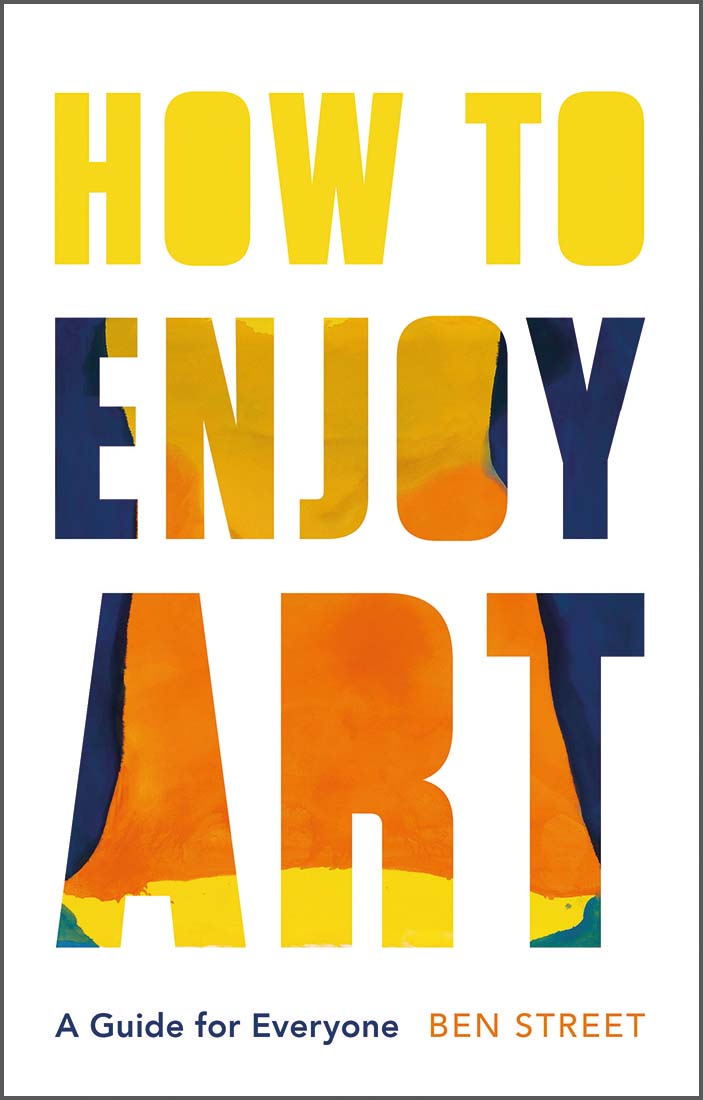What do you think?
Rate this book


160 pages, Hardcover
Published October 26, 2021





“And there are certainly artworks that are hard to enjoy, or whose intention is not to provide pleasure; they may, rather, engross, engage, challenge or enlighten us. But regardless of the sorts of experiences art can provide, one thing can be said: works of art, like all the arts, ought to be for anyone.”
“The point of this is twofold: to freshen our engagement with art by emphasising the present-tense experience of actually looking at it, and to explore ways in which anyone might find value and enjoyment in spending time with works of art, wherever and whoever they might be.”
Helen Frankenthaler, Orange Mood, 1966
Orange of the painting is only that intense because of the action of the blue... the painting is an assemblage of all kinds of colour resonances, some punchy and potent, others soft and discreet. Some seem to have happened throught the accident of the paint's spread and soak, others are evidently carefully arranged. And so on.